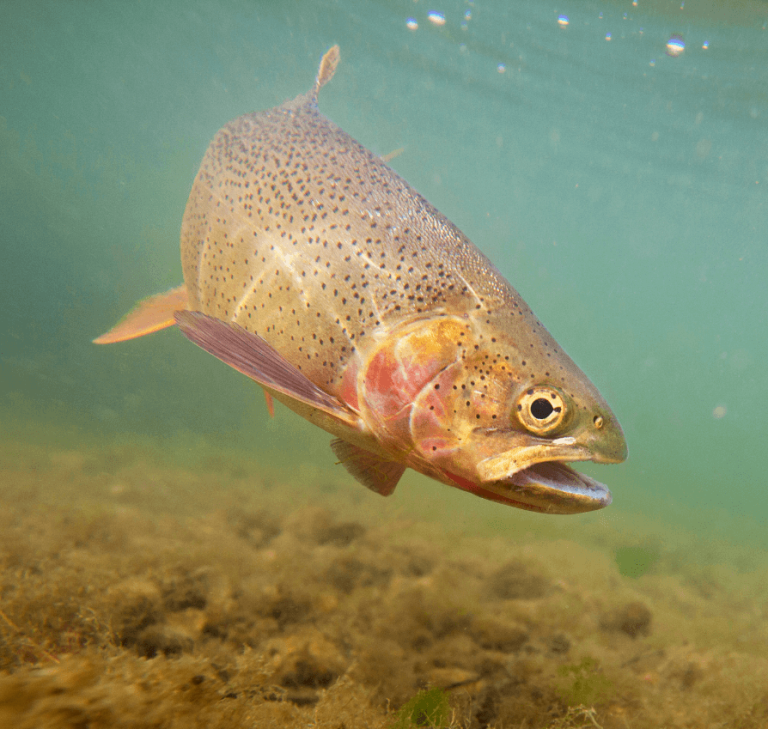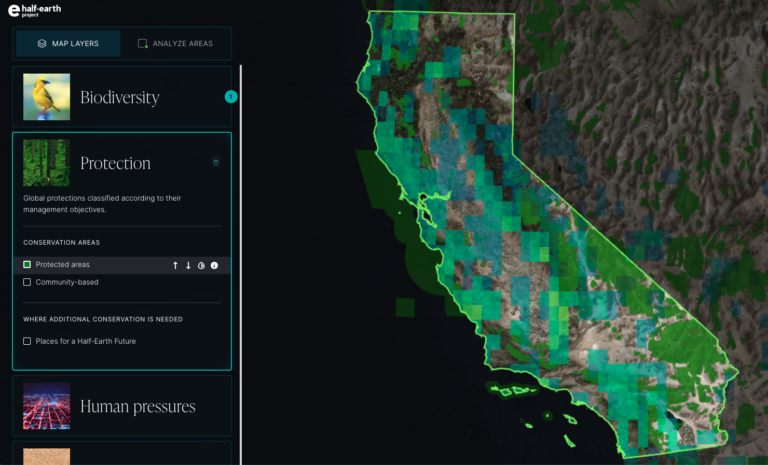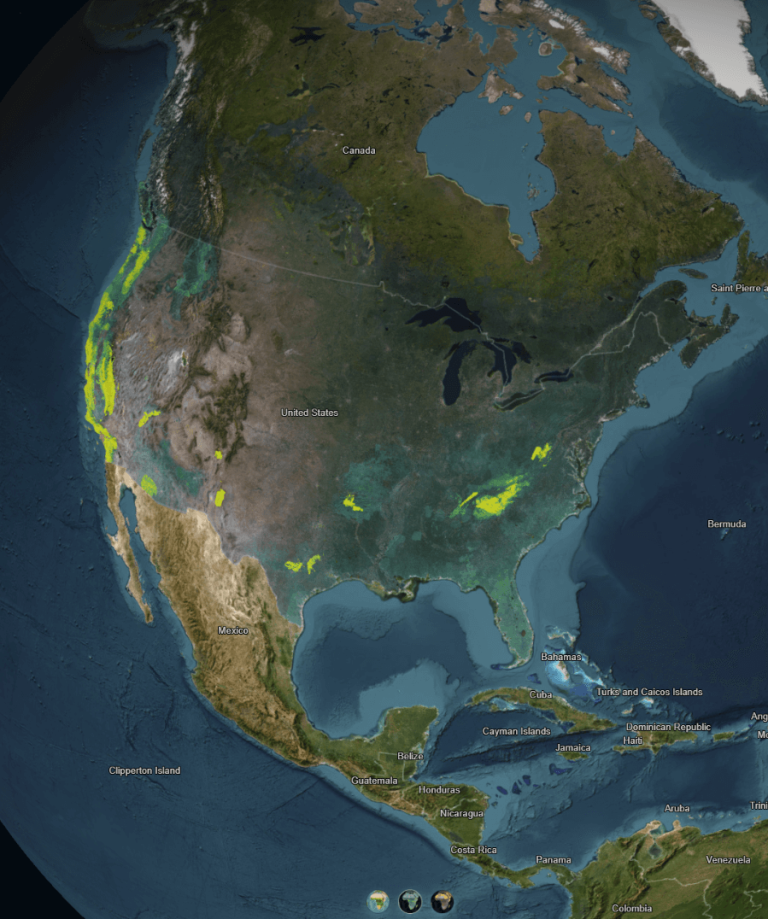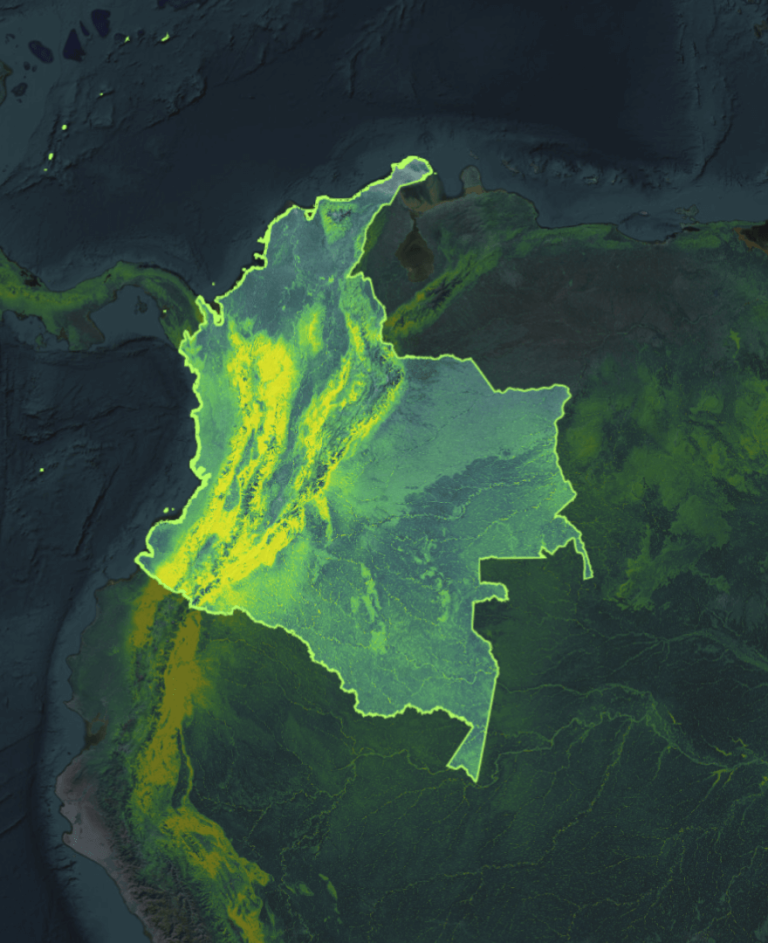Monitoring Biodiversity with Environmental DNA
Overview
300 mins.
Subjects
You will need:
Printed Paper maps
Digital map files
Online half-earth map
Monitoring Biodiversity with Environmental DNA
Learning Objectives
Students will be able to identify various sources of DNA in the environment that scientists can collect, analyze, and identify to determine what organisms are living in an area.
Students will describe how eDNA can be used to monitor and assess an area’s biodiversity while recognizing potential problems with the method.
Students will explore how spider webs’ physical properties capture airborne DNA from nearby organisms, making them a potential tool for obtaining eDNA to monitor biodiversity.
Using mathematical data, students determine that species type, biomass, and proximity to a spiderweb influence the likelihood that it will capture airborne DNA and its effectiveness as a tool for measuring biodiversity.
Students will apply their knowledge of eDNA and the use of spiderwebs as genetic biofilters to identify a species known to exist in a protected area that would be a good candidate for spiderweb sampling and monitoring.
NGSS
High School
- HS-LS1-1, HS-LS2-2
- DCI: LS1.A, LS2.C
- CCC: Scale, Proportion, Quality, Cause and Effect, Structure and Function
- SEP: Using Mathematics and Computational Thinking, Constructing Explanations and Designing Solutions, Obtaining, Evaluating, and Communicating Information
- Nature of Science: Scientific Knowledge is Open to Revision in Light of New Evidence, Scientific Knowledge is Based on Empirical Evidence, Science is a Human Endeavor
Key Terms + Conditions
- Evidence
- eDNA
- DNA barcoding
- Biofilters
- Species richness
- Species rarity
Lesson Resources
Top tips for Instructors
You will need:
- Printed student documents or student electronic devices
- Internet access
- Projector with Speakers
Scientific Phenomenon Explored:
- Spiderwebs as naturally occurring passive biofilter for eDNA sampling and collection.
Overarching Question: Can spiderwebs be a tool for measuring biodiversity?
Instructional Strategies:
- This lesson bundle is designed to be student—or teacher-led, allowing teachers to adjust support to meet the needs of all students. The fillable PDF documents enable the use of accessibility tools.
- The lessons are designed to scaffold student understanding, they can be taught in isolation if the teacher provides additional context.







